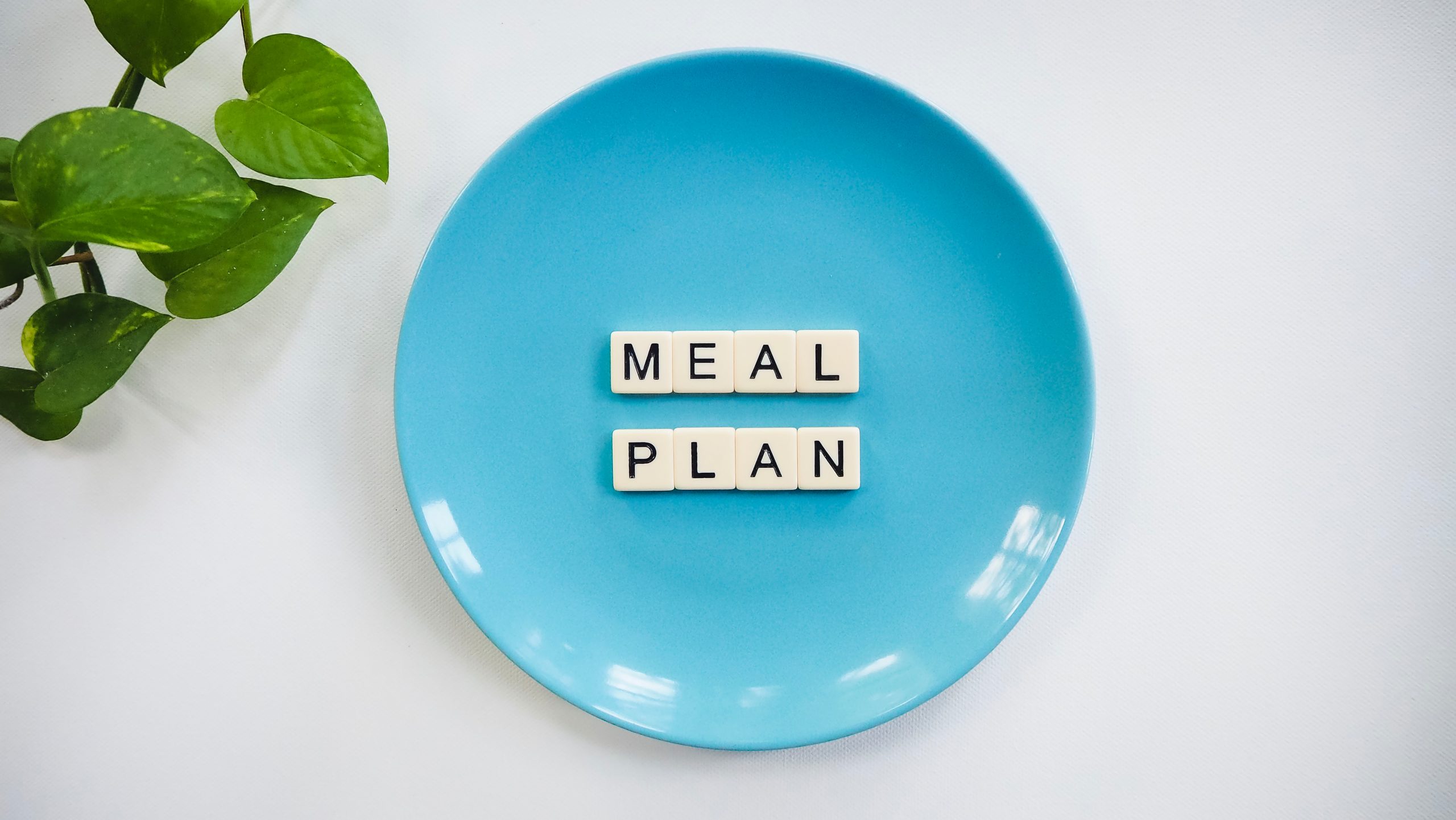Young children often put non-food items in their mouths, such as grass or toys, because they’re curious about the world around them. However, children with Pica take this a step further and actually eat them.

What is Pica?
Pica is an eating disorder characterised by the compulsive eating of non-food items. A person with Pica may eat relatively harmless substances, such as ice, but many crave potentially dangerous ones, including hair, dirt or faeces. This can lead to serious complications and occasionally death. The name is derived from the word ‘pica’, meaning magpie, based on the idea that magpies will eat almost anything.
Pica is diagnosed when:
- A patient persistently eats non-food items for greater than a month
- This consumption is developmentally and culturally inappropriate.
If the behaviour occurs in a patient with another disorder, such as autism, it must be persistent enough to warrant a separate diagnosis.
Who develops Pica?
Anyone can develop Pica, however it is most common in young children, pregnant women and people with developmental disabilities. It is unclear how many people are affected, but it is believed to be more prevalent in developing countries due to higher levels of malnutrition and food insecurity.
Pica can also be found in other animals, such as dogs or cats.
Causes
There is no clear cause of Pica, but doctors have found that it is more common in individuals who experience:
- Malnutrition

A boy playing on the beach - Iron deficiency
- Autism
- Intellectual disabilities
- OCD
- Schizophrenia
- Trichotillomania
- Excoriation disorder (also known as dermatillomania)
- Emotional trauma
- Parental neglect
- Maternal deprivation
- Family issues
- Pregnancy
Pica and pregnancy
Pica in pregnant women is thought to be caused by iron deficiency anaemia. It’s not uncommon for pregnant women to crave strange combinations of food, however, to be diagnosed with Pica the woman must be craving and ingesting non-food items such as soil, ice, or laundry detergent.
Worldwide, Pica is thought to occur in 25% of pregnant women. The reasons for this are often attributed to the geographic region and the associated risk of malnutrition and anaemia.
Pica in children

Young children often put non-food items in their mouths, such as grass or toys, because they’re curious about the world around them. However, children with Pica take this a step further, and actually consume them.
Small children make up 25 to 33 percent of all Pica cases. The minimum age for diagnosis is two years, as children under two often eat non-food items due to lack of understanding.
Pica in adults
In adults, Pica is usually a symptom of an underlying medical condition, such as iron deficiency anaemia. If not, it is often caused by psychiatric conditions or developmental disabilities.
It is difficult to determine the prevalence of Pica in adults, as many may not want to admit to craving and eating non-food items. In institutionalised adults, the prevalence is 21 to 26 percent.
In order for an adult to be diagnosed with Pica, the eating behaviour must be culturally inappropriate. In certain cultures, a non-food item may be considered appropriate for consumption. For example, eating dirt and clay is considered a custom in some parts of rural Mississippi.
Pica in animals

Many animals, such as cats and dogs, chew on non-food objects, but a much smaller percentage actually consume them. Pica behaviours are often caused by behavioural problems, such as anxiety, boredom, or compulsive behaviour. It is also seen in dogs who are teething.
Dangers
Eating non-food, non-digestible and potentially toxic materials can have numerous consequences, including:
- Malnutrition
- Gastrointestinal issues
- Dental issues
- Choking
- Intestinal obstruction
- Intestinal parasites
- Internal bleeding
- Damage to internal organs
- Lead poisoning
- Brain damage
Treatment
Treatments for Pica vary depending on the underlying cause. For example, if symptoms are due to iron deficiency, supplements and dietary changes may alleviate symptoms without other treatment methods.
Behavioural modification techniques are often used, assisting sufferers to unlearn Pica behaviours. These techniques include:
- Aversion therapy, where the individual faces a negative consequence for eating non-food items. For example, a child may have his or her toys confiscated, and a dog may be sprayed with water.
- Positive reinforcement, where the individual is rewarded for eating nutritious food, or for not engaging in Pica behaviours.
- Overcorrection, where Pica behaviours result in the individual, usually a child, being required to dispose of non-edible objects, wash themselves, and participate in chore-based punishment when they engage in Pica behaviours.
Treatment may also include dealing with complications, such as surgery for intestinal obstruction.

Does Pica go away?
In young children and pregnant women, Pica often resolves on its own within a few months, or after childbirth. Similarly, if Pica behaviours are due to a nutritional deficiency, treatment and supplements should alleviate symptoms.
However, Pica doesn’t always go away. In those with mental illness or developmental disabilities, Pica may continue into adulthood. In these cases, ongoing treatment and support may be required, including counselling and behavioural modification techniques.








